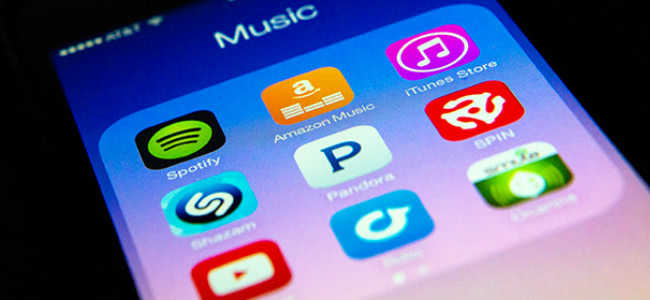Having learnt their lesson from the catastrophe wrought by the digital revolution, the old guard of the music industry seems to be about as on-board with online music streaming and one could expect them to be.
Ask most label executives these days and even they will tell you that streaming is the future of music as a business. At the very least, they really need it to be, because it seems to be going that way regardless.
While labels didn’t meddle with peer-to-peer file sharing until it was already too late, the industry is already haggling over royalty rates with streaming services in an attempt to brace themselves for its inevitable ubiquity.
As Tone Deaf reported back in March, labels are already looking to remodel the streaming landscape to better benefit themselves and, allegedly, their artists. Essentially, they’re beginning to rethink the whole “freemium” thing.
While it remains to be seen just what kind of music business environment we’ll be inhabiting five years from now, now is as good a time as any to take a look at what the current streaming services actually pay and how they compare.
[include_post id=”440759″]
Thankfully, a helpful though anonymous indie label recently got in touch with Digital Music News to share some of their numbers, even breaking down their earnings from each streaming service into a graph, which readers can check out below.
The issue of royalty rates paid out by streaming was recently thrust into the spotlight by the launch of Jay Z’s Tidal service, which boats higher payouts for its members artists when compared to giants like Spotify and Rdio.
The numbers did seem to add up in Tidal’s favour, as Tone Deaf found last week when an another indie label shared their first financial statement since joining Jay Z’s service. According to their figures, Tidal paid out considerably more than Spotify.

Image via Digital Music News




































